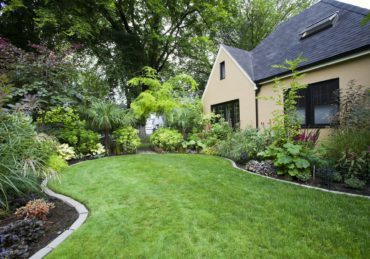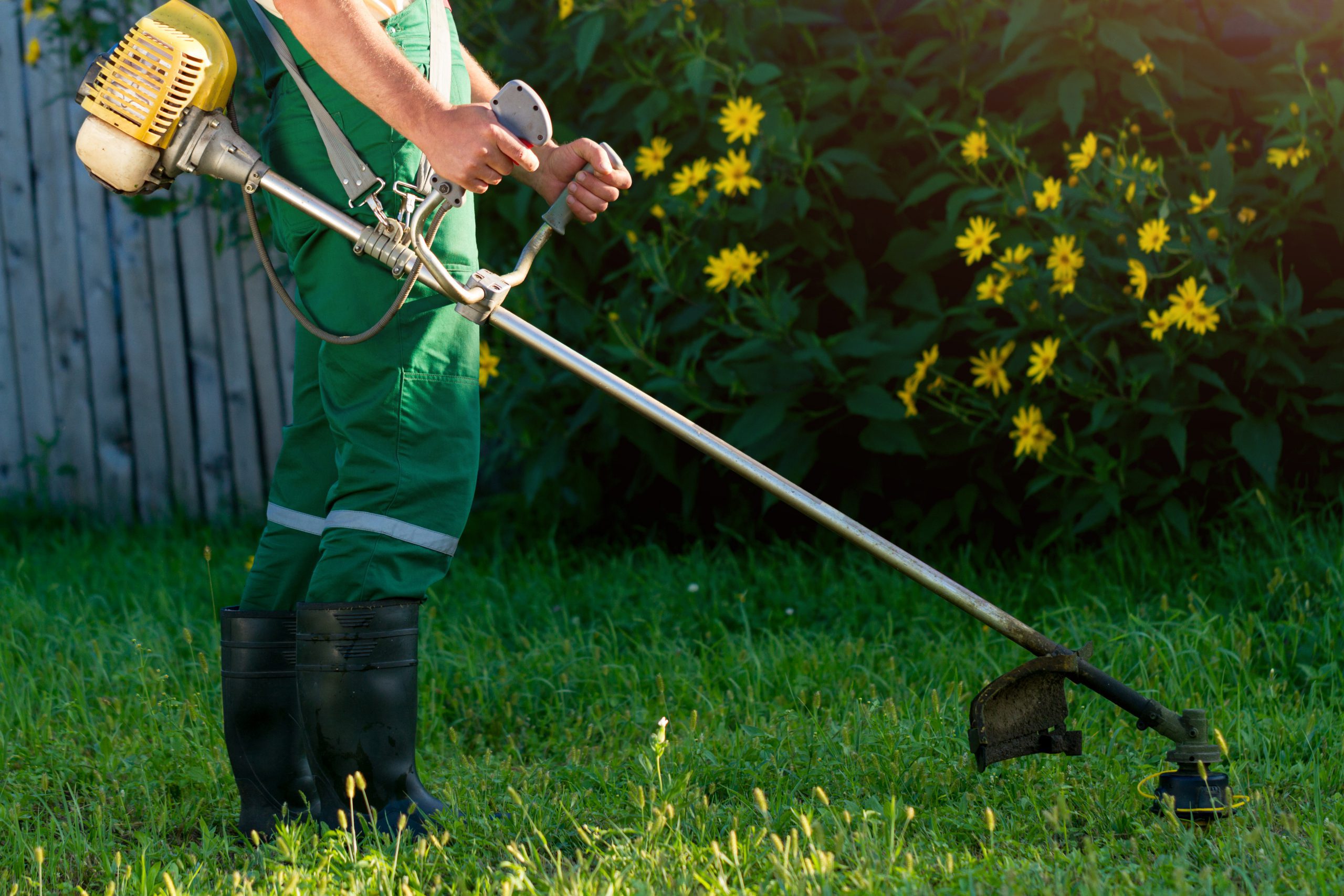Determining the ideal time to plant grass seed in the Northeast is vital for achieving a lush, healthy lawn. The region’s unique climate patterns present both challenges and opportunities for timing your seeding efforts. While the late summer to early fall months are often recommended due to favorable soil temperatures and reduced weed competition, spring also offers a viable alternative with its own set of benefits. Understanding these seasonal changes is essential for maximizing grass seed germination and establishment. Yet, the intricacies of local climate variations and their impact on seeding success remain an intriguing aspect to investigate further.
Why Timing Matters for Grass Seed in the Northeast
In the Northeast, the timing of grass seed planting is essential due to the region’s distinct soil temperature fluctuations and frost cycles.
Ideal germination occurs when soil temperatures range between 60-80°F, typically achieved from mid-August to mid-September, minimizing weed competition and maximizing root establishment before the first frost.
Furthermore, this period benefits from adequate rainfall and consistent moisture levels, important for preventing seed desiccation and washout, while the summer’s excessive heat and variable precipitation can impede seedling survival and lead to uneven growth.
Soil Temperature and Frost
Achieving ideal grass growth in the Northeast hinges critically on understanding soil temperature fluctuations and frost patterns.
Best germination occurs when soil temperatures range from 50 to 70°F. Consider these factors:
- Late Summer to Early Fall: Warm soil temperatures support germination.
- Spring Risks: Early planting risks frost exposure.
- First Frost Awareness: Establish roots before frost.
- Post-Mid-August Safety: Reduced frost risk enhances establishment.
Rainfall and Moisture Levels
Timing plays an essential role in the successful establishment of grass seed in the Northeast, with rainfall and moisture levels being pivotal components.
Adequate autumn rainfall enhances soil moisture, vital for germination. Cooler temperatures help retain this moisture, reducing irrigation needs.
Light rain supports seed growth, while heavy rainfall risks seed washout. Monitoring rainfall patterns guarantees ideal seeding days, maintaining moist soil for effective seed establishment.
Avoiding Summer Setbacks
Ideal seeding conditions are paramount for establishing healthy grass in the Northeast, and summer presents distinct challenges that can compromise this process.
High temperatures and inconsistent moisture levels can inhibit seed germination and root establishment. Consider these factors:
- Summer heat: Increases evaporation rates, hindering moisture retention.
- Weed competition: Favors crabgrass over new seedlings.
- Optimal fall seeding: Mid-August to mid-September.
- Cool soil advantage: Enhances seed germination.
Best Time to Plant Grass Seed in Spring
When considering the ideal time to plant grass seed in spring within the Northeast, it is essential to guarantee that soil temperatures have reached a consistent range of 60°F to 70°F.
This period, typically from early April to mid-May, is the best time to plant, as it allows seeds to germinate efficiently.
Early planting assures a robust root system before summer’s stress, minimizing potential growth hindrances.
Best Time to Plant Grass Seed in Fall
While spring offers a favorable window for initiating grass growth, fall presents an equally advantageous period for seeding in the Northeast, characterized by ideal environmental conditions.
The best time to seed in fall is typically late August to mid-September, offering:
- Optimal soil temperatures: Enhances germination.
- Reduced weed competition: Facilitates establishment.
- Adequate moisture: Guarantees germination.
- Deeper root development: Strengthens winter survival.
Best Time to Plant Grass Seed in These Major Northeast Cities
In major Northeast cities such as New York, NY, Boston, MA, Philadelphia, PA, Newark, NJ, and Hartford, CT, timing the planting of grass seed is critical to maximizing germination and establishment.
These urban areas share a climatic profile that supports the seeding of cool-season grasses from late August to mid-September, aligning with ideal soil temperatures ranging from 60 to 70°F.
This period guarantees adequate root development and reduces competition from weeds while leveraging post-summer precipitation patterns essential for seedling growth.
New York, NY
For ideal results, the prime period to plant grass seed in New York, NY, spans from mid-August to mid-September.
Fall planting optimizes germination due to cooler temperatures and a diminishing weed presence.
Key factors include:
- Soil Temperature: Ideal range of 60°F to 70°F.
- Moisture Levels: Adequate rainfall supports growth.
- Weed Competition: Reduced chances of invasive species.
- Optimal Growth: Enhanced root development.
Boston, MA
When is the ideal time to plant grass seed in Boston, MA?
The best seeding period for cool-season grasses is early fall, specifically from the third week of August to the third week of September.
This timeframe capitalizes on cooler temperatures and adequate rainfall, minimizing weed competition and enhancing establishment success.
Avoid late September to October due to frost risks.
Consider overseeding with fast-establishing species for improved lawn density.
Philadelphia, PA
Although Philadelphia’s climate presents unique challenges for lawn care, the perfect period to plant grass seed is from mid-August to mid-September, coinciding with the prime conditions for cool-season grass germination.
Ideal practices include:
- Soil Temperature: Maintain between 60°F and 70°F for effective germination.
- Fall Planting: Enhances root establishment pre-winter.
- Overseeding: Use fast-establishing grass types for enhanced density.
- Starter Fertilizers: Apply to support growth and nutrient uptake.
Newark, NJ
Why is mid-August to mid-September the prime window for planting cool-season grass seed in Newark, NJ?
This period provides ideal conditions for seed germination and root establishment due to cooler soil temperatures and reduced evapotranspiration.
Seeding during this time guarantees sufficient growth before winter dormancy.
Various grass types, including perennial ryegrass, benefit from timing and subsequent fertilization, enhancing lawn density and color retention throughout the colder months.
Hartford, CT
What makes Hartford, CT, a prime location for cool-season grass seeding between August 15 and September 15? The answer lies in its ideal conditions for fall seeding:
- Soil Temperatures: Ideal range of 50°F-70°F enhances grass seed germination.
- Root Development: Fall allows deeper root establishment than spring.
- Lawn Density: Overseeding boosts health and density.
- Reduced Rainfall: Minimizes seed washout risk.
Lawn Care Tips After Seeding
Ensuring ideal lawn health after seeding requires a meticulous approach to watering, fertilization, and mowing.
Consistently moistening the top 1 inch of soil daily is crucial for seed germination. Implementing a starter fertilizer during seeding imparts essential nutrients, facilitating robust root development.
Post-seeding, delay mowing until grasses reach a height of three inches to avert seedling damage, thereby fostering optimal growth conditions.
When NOT to Plant Grass Seed
Under circumstances characterized by enhanced temperatures and erratic moisture availability, such as those prevalent in late spring and summer, planting grass seed is ill-advised.
The following conditions should be avoided:
- Elevated Temperatures: Impedes germination of cool-season grasses.
- Cold Weather: Late September to October can inhibit growth.
- Shallow Roots: Early spring results in inadequate soil warmth.
- Weed Competition: Summer fosters crabgrass proliferation.
Want Help Seeding Your Lawn in the Northeast?
Maneuvering the complexities of ideal grass seed planting times can be challenging, especially when environmental conditions fluctuate.
For those seeking expert guidance, understanding that the best time to seed in the fall is between mid-August and mid-September is essential. This period guarantees optimal germination with warm soil temperatures and reduced weed competition.
Daily watering and strategic fertilization support robust root development, enhancing lawn resilience before winter.




